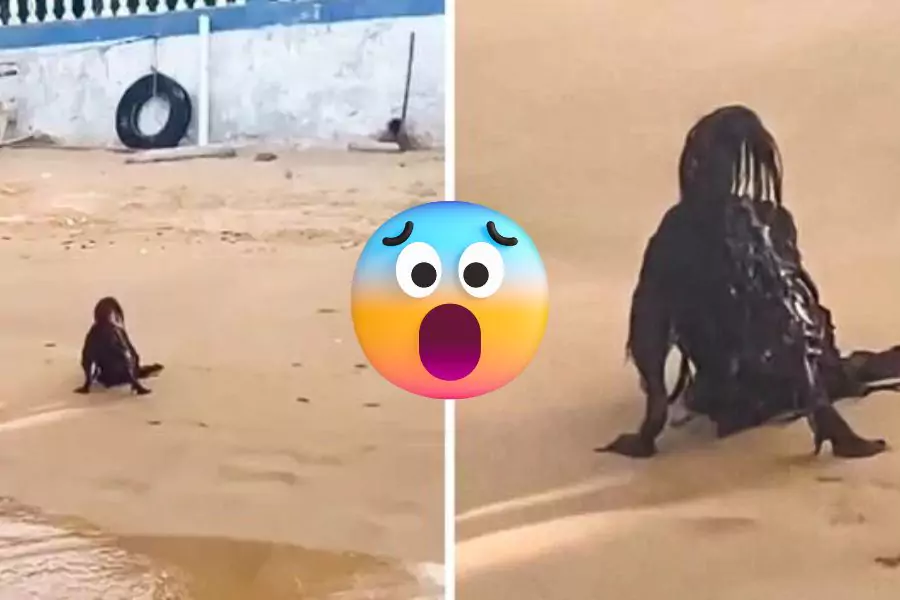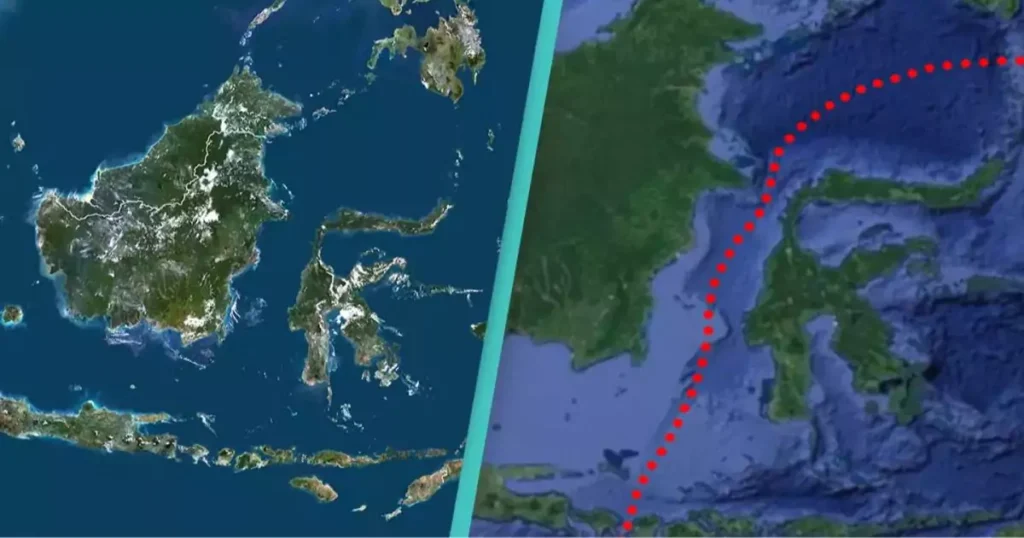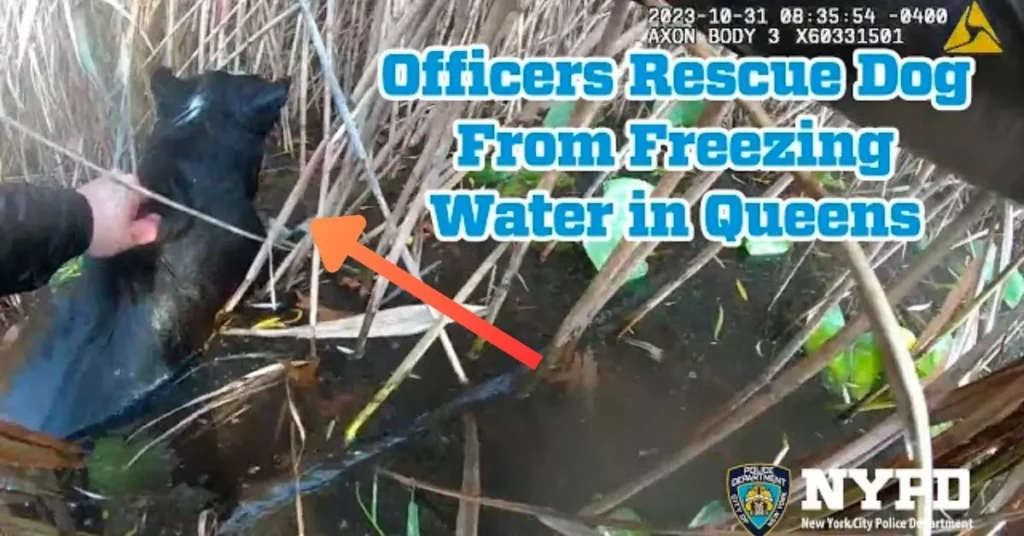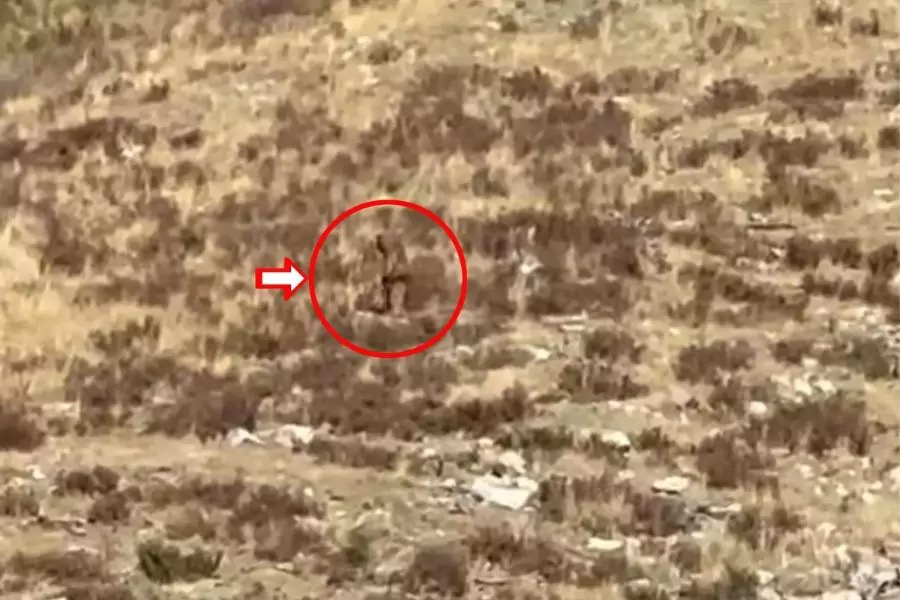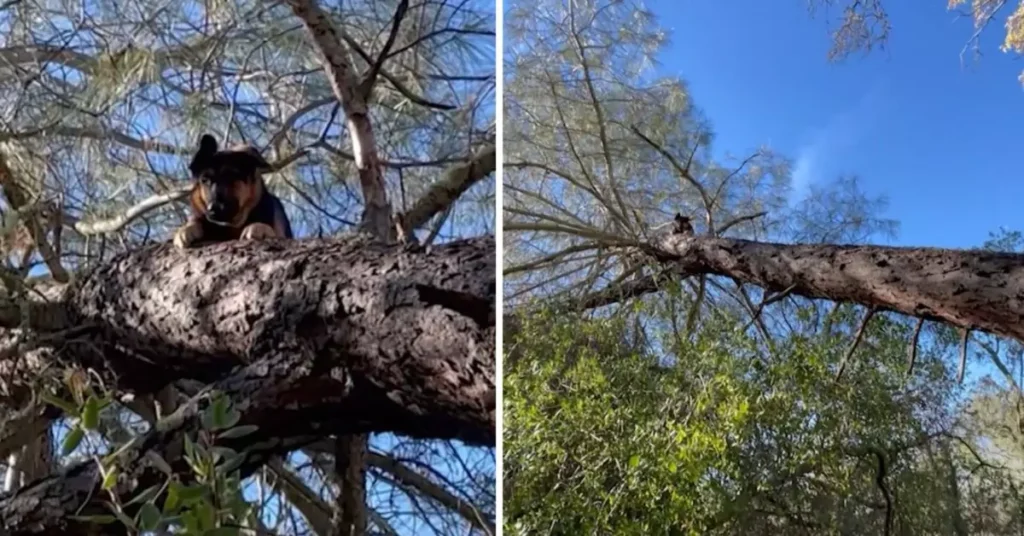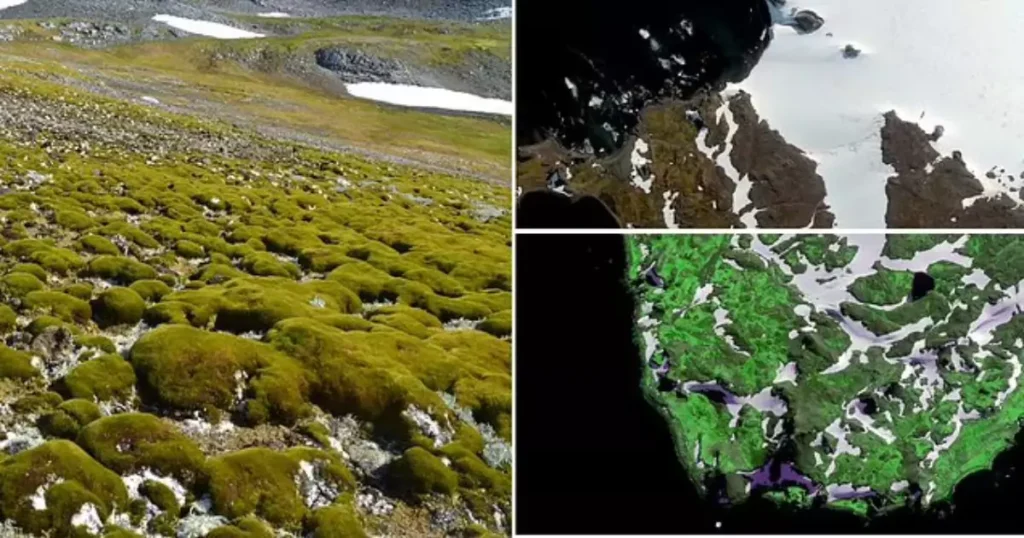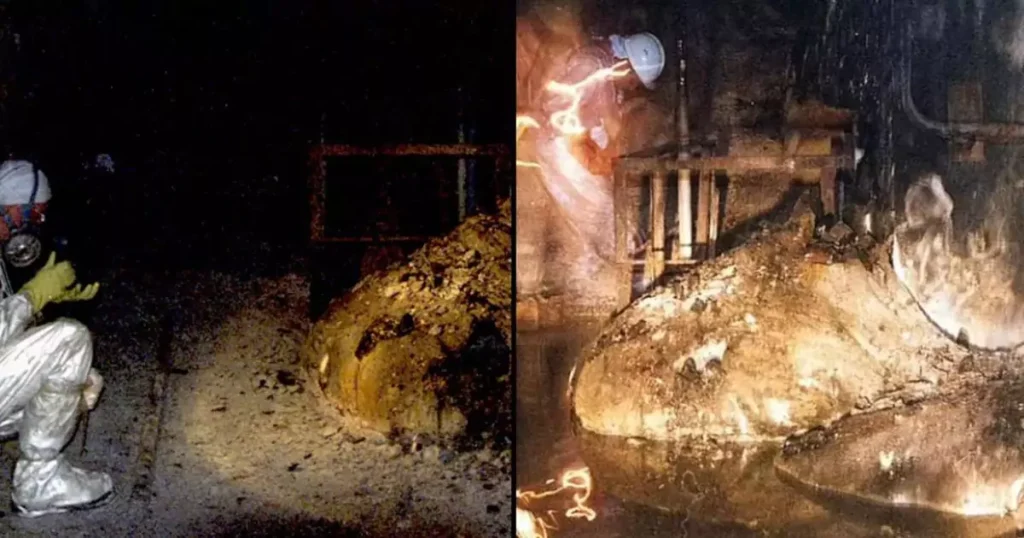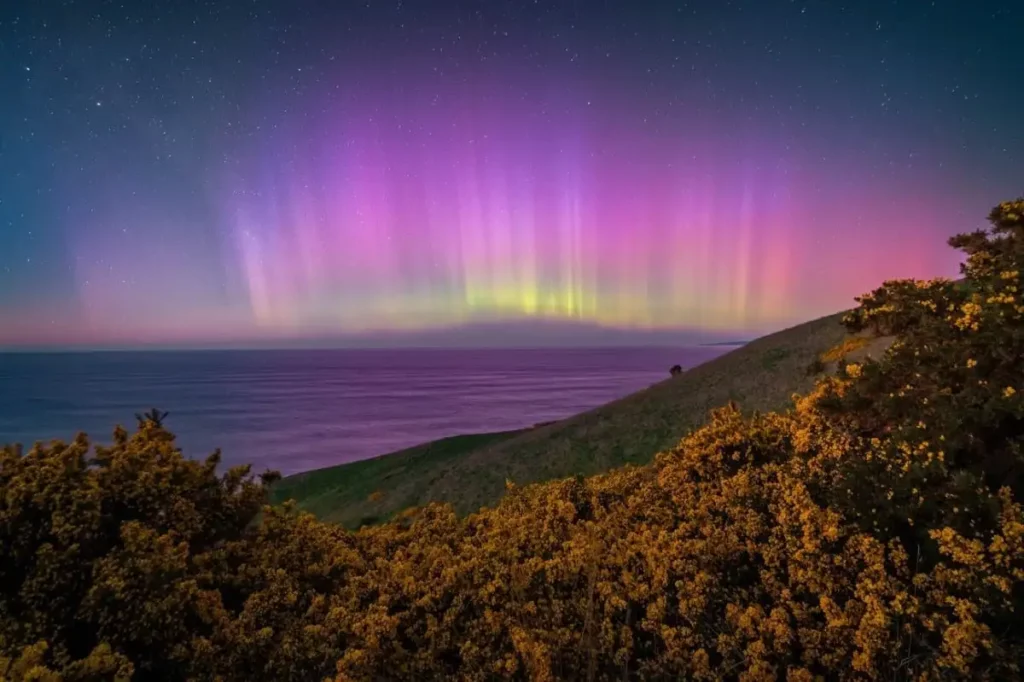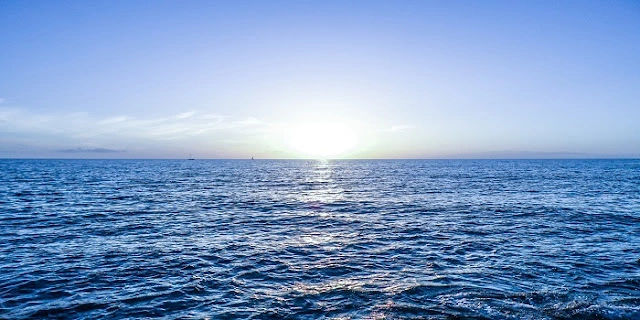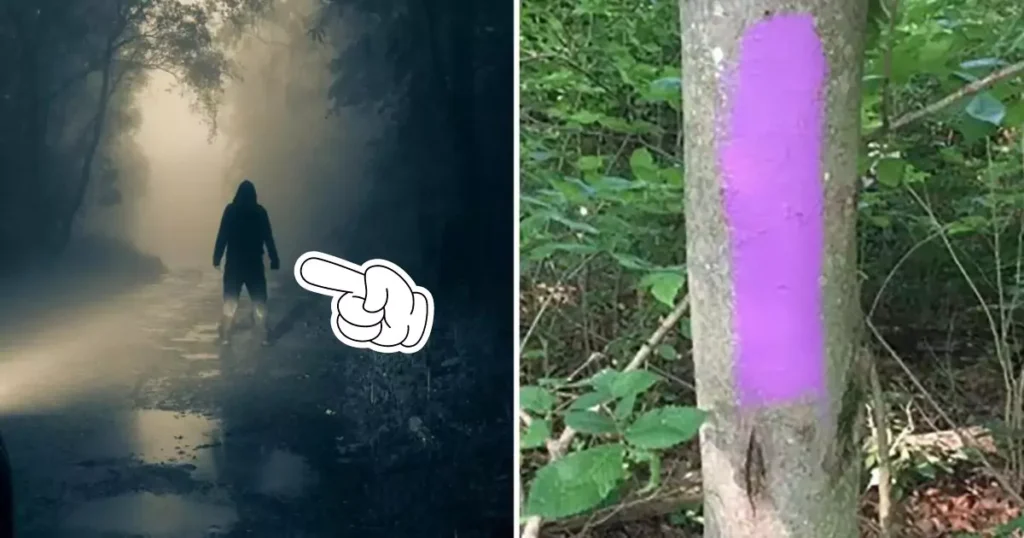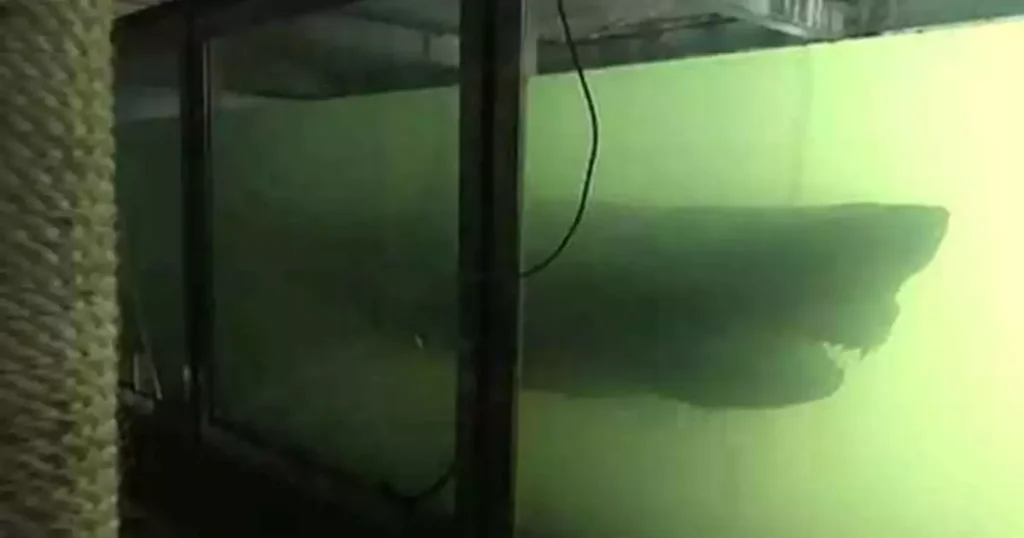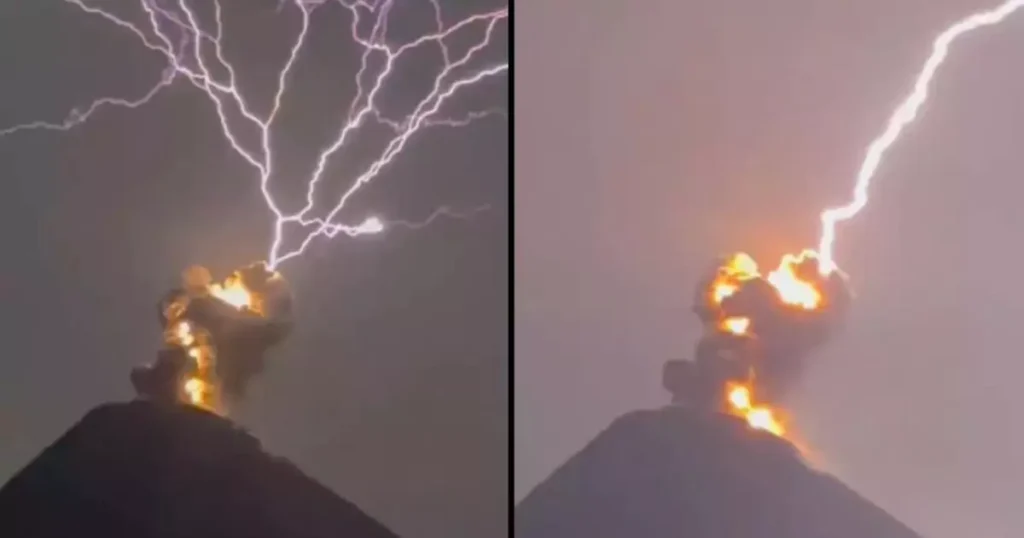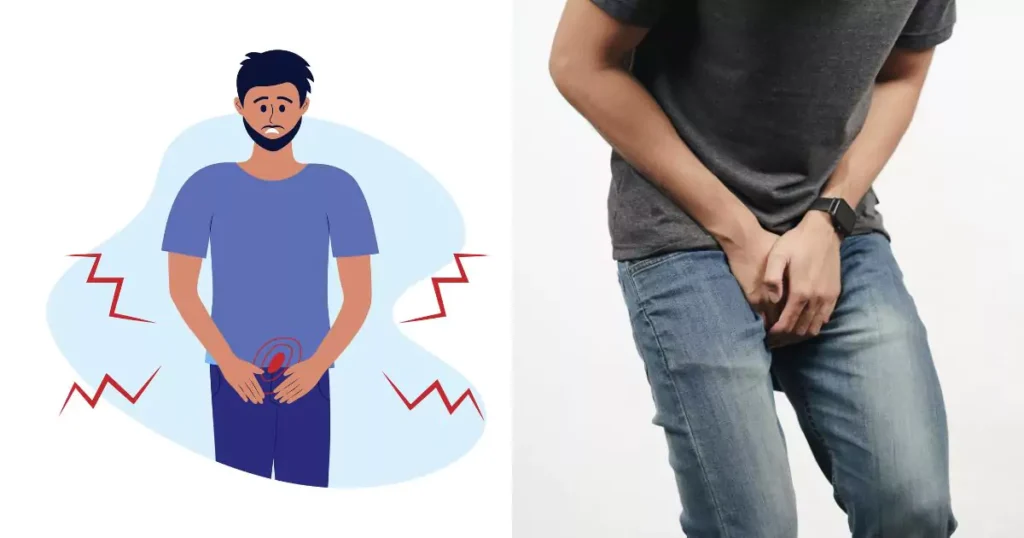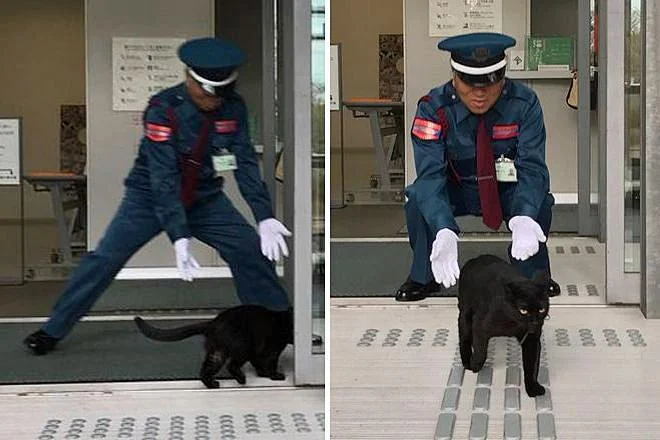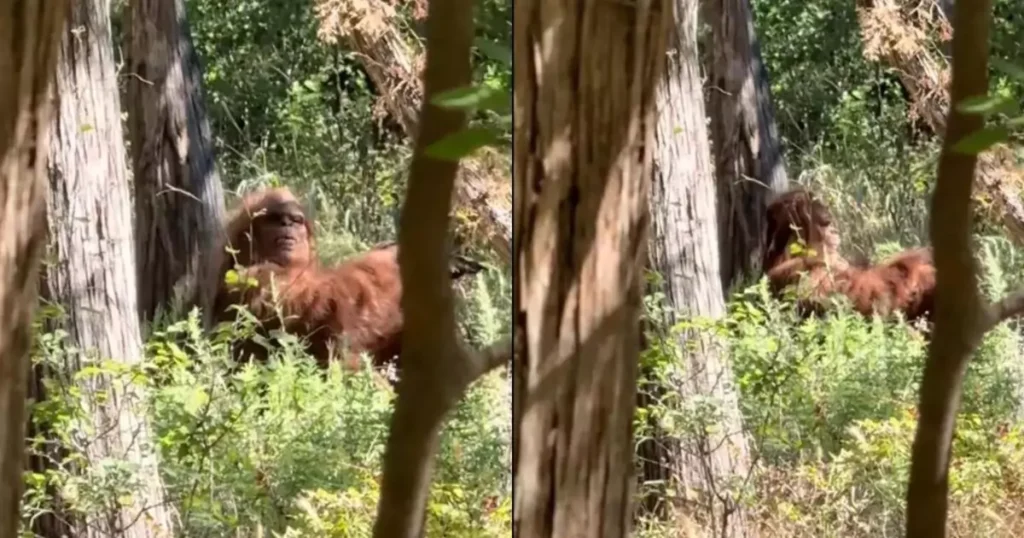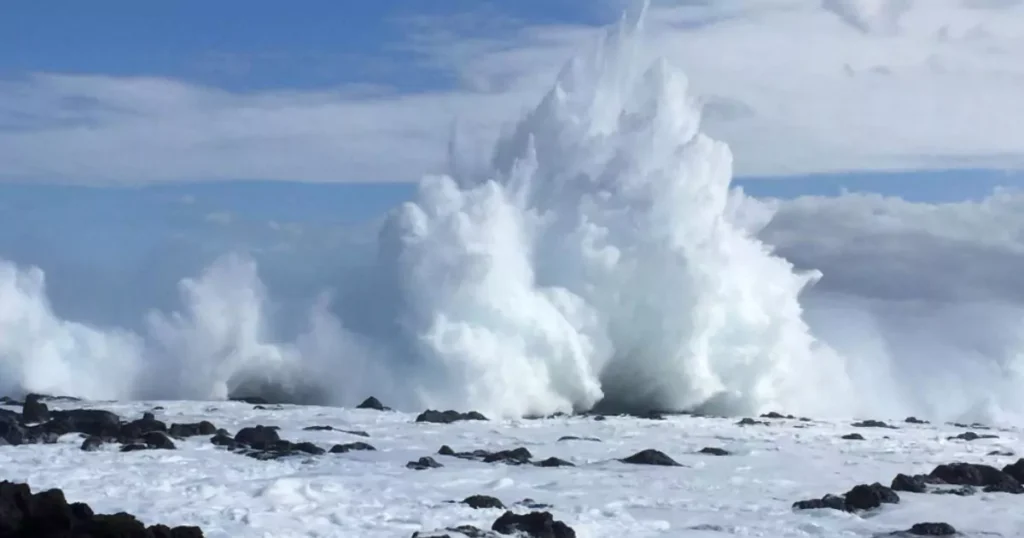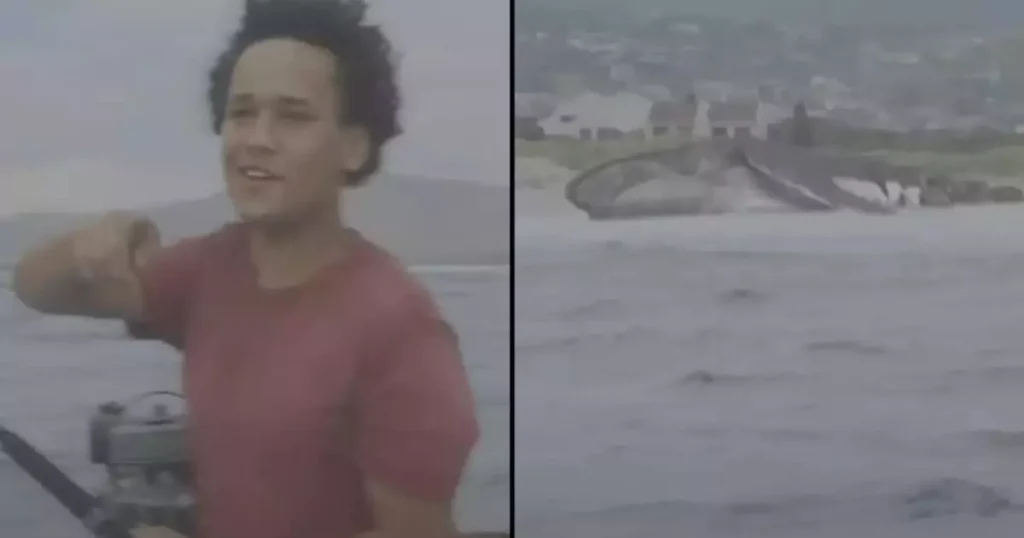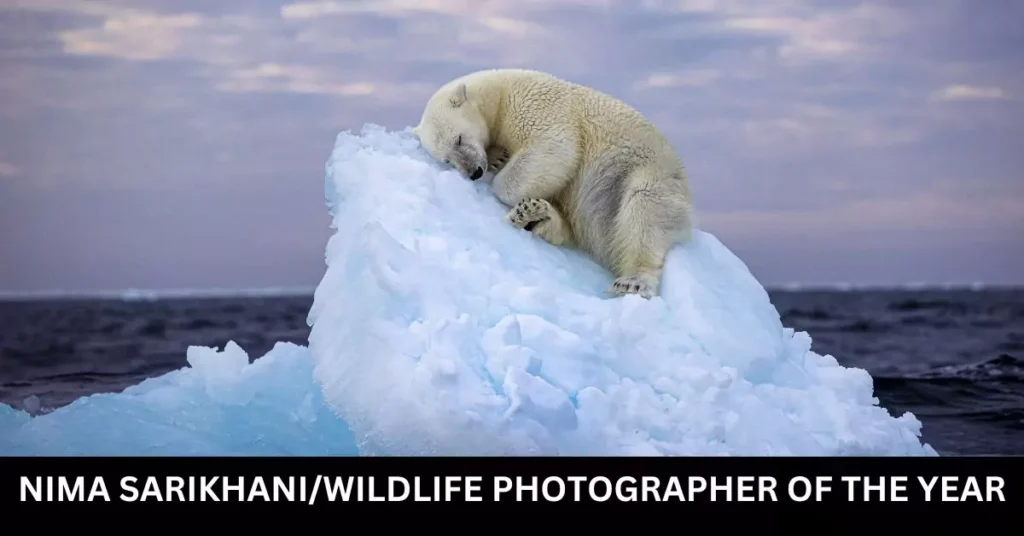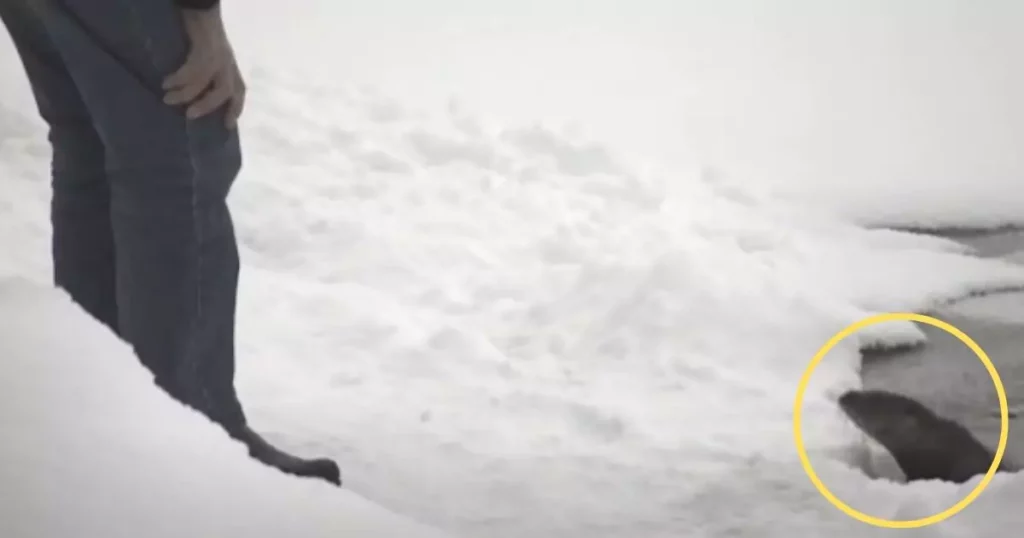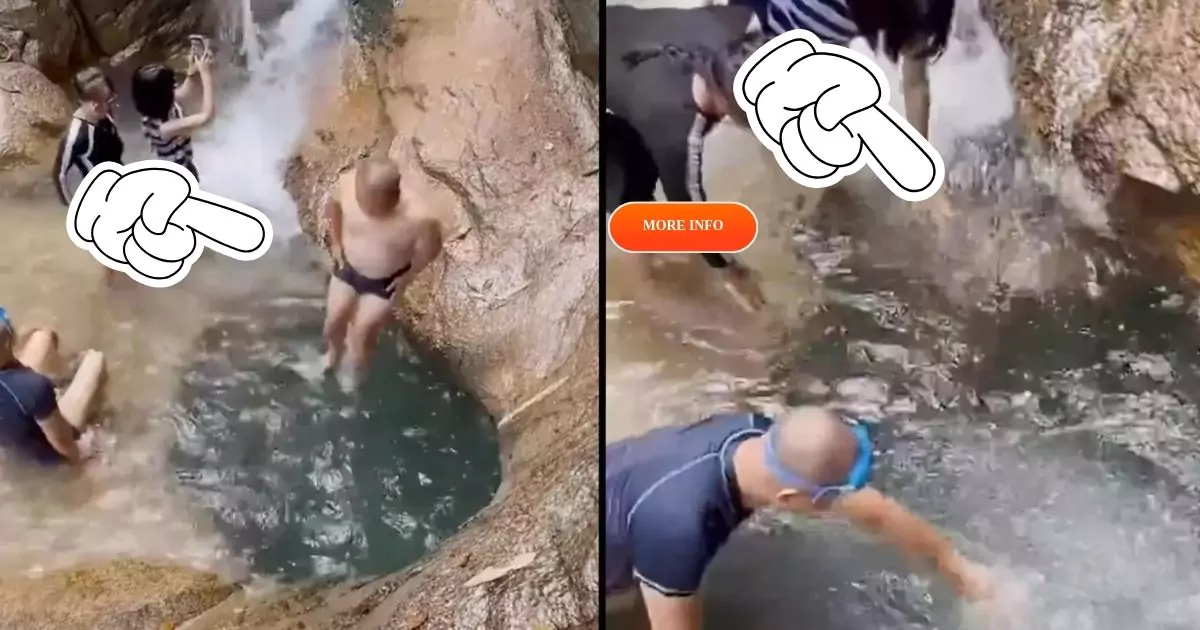
A chilling video recently posted on Twitter has left viewers across the globe deeply concerned and puzzled. The footage shows a man leaping from a ledge into a natural water pool beside a small waterfall. However, the excitement quickly turns to anxiety as the man fails to resurface, leading to widespread speculation about his fate. This unsettling incident underscores the hidden dangers associated with natural water features and highlights the importance of safety precautions.
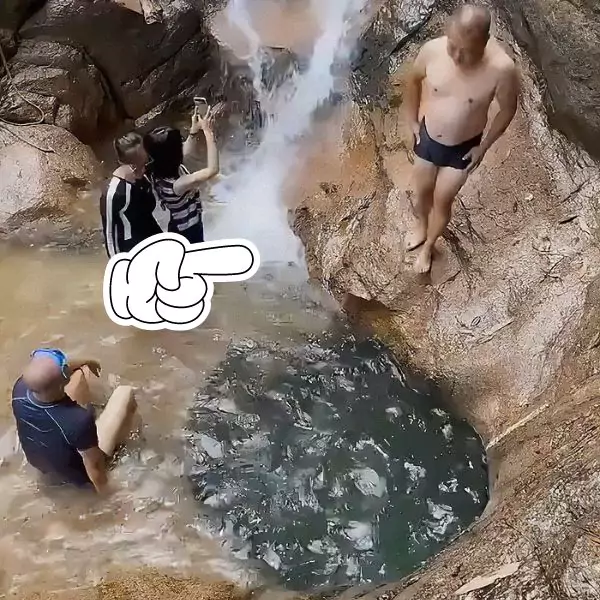
The Incident
In the video, a man in speedos prepares to jump into a natural pool. He adjusts his swimming goggles and leaps off a cave-like ledge into the water below. What should have been a brief, exhilarating dive turns into a cause for concern when he does not reappear. The footage captures the initial confusion of those waiting below. They attempt to locate him by swiping at the water but find no trace of him. The only visible signs are bubbles rising from the spot where he entered the water.
The video has since gone viral, with viewers expressing their worry and frustration. The lack of information about the exact location and water conditions adds to the mystery, leaving many to speculate about what might have happened.
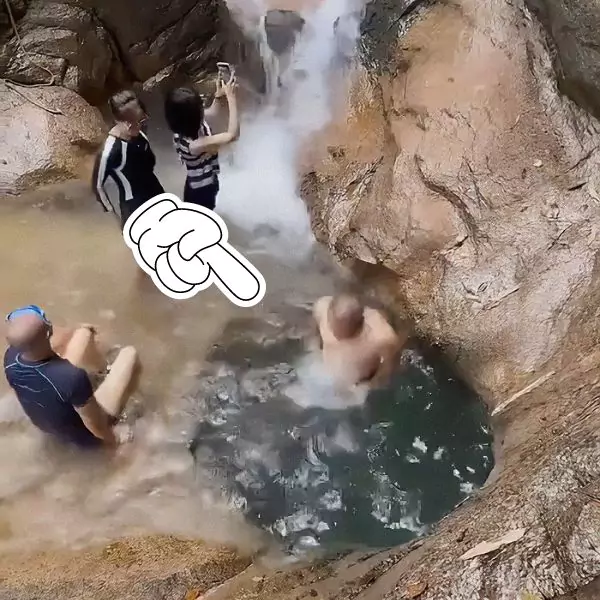
Theories Behind the Disappearance
Several theories have emerged regarding the man’s disappearance. One prominent theory is that the water pool could be aerated. Aerated water contains added air or gas, which can make it denser than regular water. This increased density reduces buoyancy, making it difficult for swimmers to stay afloat and swim to the surface. If the water in the video was indeed aerated, it could explain why the man failed to reemerge.
Aerated water is known to create bubbles and turbulence, which can hinder a swimmer’s ability to navigate and breathe. In such conditions, even a strong swimmer might struggle to reach the surface. This theory suggests that the man could have been trapped or unable to swim out due to the water’s density.
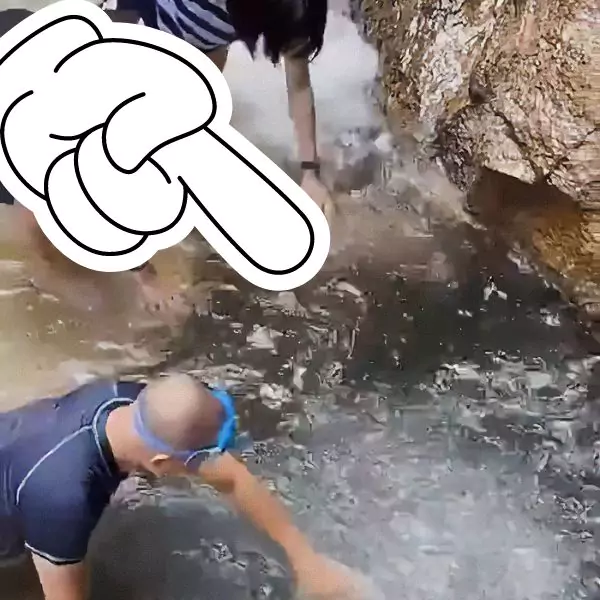
Risks of Natural Water Features
Natural water features, such as waterfalls, ponds, and caves, present unique risks that are often not apparent to casual observers. Unlike controlled environments like swimming pools, natural water bodies can have unpredictable currents, varying temperatures, and submerged hazards. These factors can make swimming in such areas particularly dangerous.
- Unpredictable Currents: Natural pools can have strong and unpredictable currents, especially near waterfalls. These currents can pull swimmers under or away from safety, making it challenging to return to the surface.
- Hidden Hazards: Natural water bodies may contain submerged rocks, sharp objects, or uneven terrain that can pose a risk to swimmers. Diving into unknown water increases the likelihood of encountering these hazards.
- Temperature Variations: Water temperature can vary significantly in natural bodies of water. Cold temperatures can lead to hypothermia, while sudden changes in temperature can shock the body and impair swimming ability.
- Cave Systems: Some natural pools are connected to cave systems, which can be difficult to navigate and pose additional risks. Water entering these systems can create dangerous conditions for swimmers who venture too far.
Historical Cases of Water-Related Disappearances
This recent incident is not isolated. There have been several notable cases where individuals have faced severe consequences or disappeared after encountering dangerous water conditions. One such case is that of Jacob Cockle, an acclaimed photographer and daredevil.
In 2013, Cockle attempted to document a whirlpool in the sea near his home. Despite his experience and preparation, he was tragically pulled into the whirlpool and ultimately found face down in the water. Cockle’s death serves as a stark reminder of the risks associated with natural water features and the need for caution.
Safety Precautions for Natural Water Activities
To mitigate the risks associated with natural water bodies, it is essential to take appropriate safety precautions. Here are some key recommendations to ensure a safe experience:
- Assess the Area Thoroughly: Before jumping or diving into natural water, inspect the area for potential hazards. Look for signs of strong currents, underwater obstacles, and changes in water depth. If you are unfamiliar with the location, seek advice from local experts or authorities.
- Understand Water Conditions: Be aware of the water’s condition, including its buoyancy and density. Avoid entering water that appears aerated or turbulent, as these conditions can make swimming more difficult and increase the risk of accidents.
- Use Safety Equipment: When engaging in water activities, wear appropriate safety gear such as life jackets, helmets, and wetsuits. Safety equipment can provide an added layer of protection and help prevent accidents.
- Swim with a Companion: Always swim with a buddy, especially in unfamiliar or natural water bodies. Having someone with you can provide assistance in case of an emergency and ensure a quicker response if something goes wrong.
- Avoid Risky Behaviors: Refrain from engaging in risky behaviors such as diving from high ledges or jumping into unknown water. What may seem like an adventurous challenge can quickly turn into a dangerous situation.
- Know Your Limits: Be aware of your swimming abilities and limitations. If you are not a strong swimmer or are unsure about the water conditions, it is best to avoid risky activities and stay safe.
Where did he go??? Is he ok? pic.twitter.com/rtNRK54gO9
— non aesthetic things (@PicturesFoIder) September 8, 2024
The disappearance of the man in the video serves as a sobering reminder of the hidden dangers associated with natural water features. While the exact circumstances of his disappearance remain unknown, the incident highlights the importance of vigilance and precaution when engaging in water activities. By understanding the potential risks and taking appropriate safety measures, individuals can reduce the likelihood of accidents and ensure a safer experience around natural water bodies.




